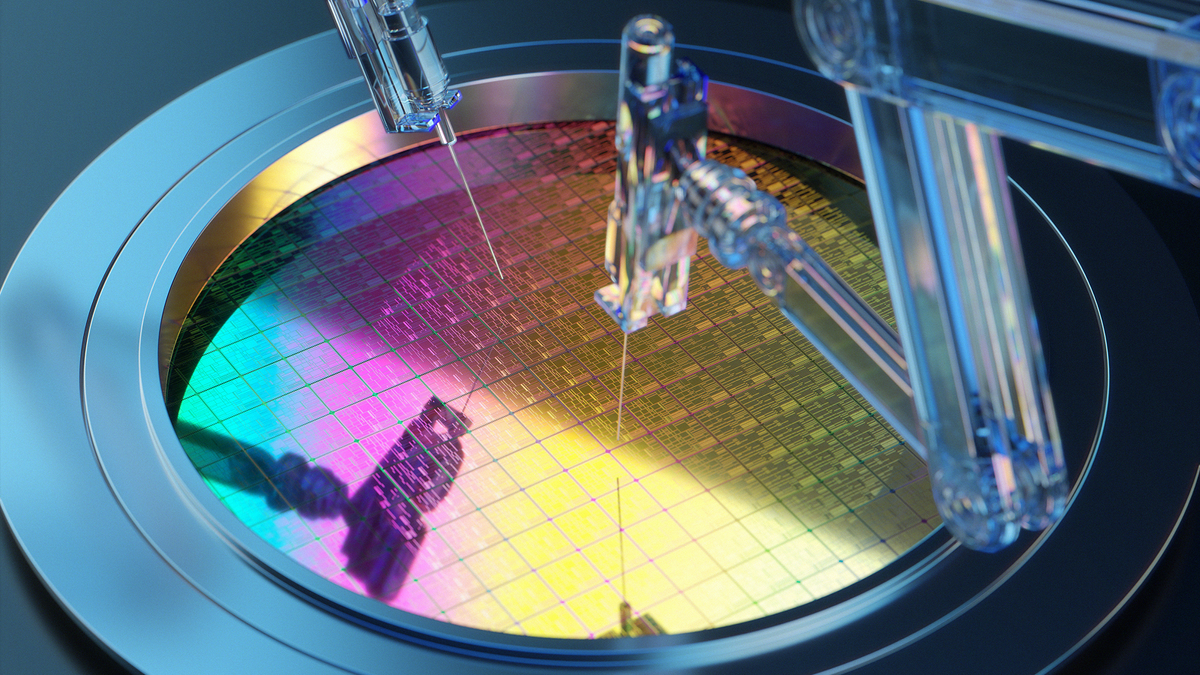Now Reading: Moore’s Law: Does the Iconic Computing Forecast Still Hold Today?
-
01
Moore’s Law: Does the Iconic Computing Forecast Still Hold Today?
Moore’s Law: Does the Iconic Computing Forecast Still Hold Today?

Quick Summary
- Gordon Moore predicted in 1965 that silicon components would double the number of transistors on a chip every year, later revised to every two years-known as “Moore’s Law.”
- Initially accurate (1959-1975), his prediction largely held true for nearly 40 years due to innovations like planar transistors and CMOS technology.
- Intel, co-founded by Moore, made breakthroughs such as the 4004 processor in 1971 and FinFET processors in 2012.
- Modern transistors are now approaching atomic scales (e.g., 2nm manufacturing processes), making miniaturization alone insufficient due to quantum mechanics effects like electron leaks.
- Today, advancements focus on more complex processors with multiple cores and Neural Processing Units (NPUs) for specialized AI tasks.
- Despite limitations on transistor miniaturization, Moore’s Law continues as a benchmark for tech companies’ progress expectations.
!Holographic robot arms making semiconductor.
(Image credit: Yuichiro Chino/Getty Images)
!Gordon Moore seated behind an office desk.
“I was given the chore of predicting what would happen in silicon components over ten years,” said Moore. (Image credit: © Roger Ressmeyer/CORBIS/VCG via Getty Images)
!Microsoft Surface Pro laptop fitted with AI-capable NPU.
Laptops today feature NPUs for specialized AI capabilities. (Image credit: Keumars Afifi-Sabet/Future)
Indian Opinion Analysis
Moore’s Law has been pivotal in driving technological innovation globally. For India-a country rapidly evolving its digital infrastructure and investing heavily in tech industries-the relevance of this principle cannot be overstated.The proliferation of advanced chips has implications not only for consumer electronics but also areas like artificial intelligence and data centers critical to India’s digital economy ambitions.
Challenges surrounding quantum mechanical barriers signal opportunities were India coudl expand its R&D investments into emerging semiconductor manufacturing techniques or alternative materials beyond silicon. This shift aligns well with programs such as “Make in India” focused on boosting domestic production capabilities.
Moreover, the rise of NPUs spans applications from healthcare diagnostics using AI to agricultural monitoring-areas directly linked with societal impact across diverse sectors within India. While smaller transistors may no longer drive progress solely forward,strategic interventions leveraging multi-core processors or new architectures can support India’s aim to become a global leader not just as consumers but creators of cutting-edge technologies.

























